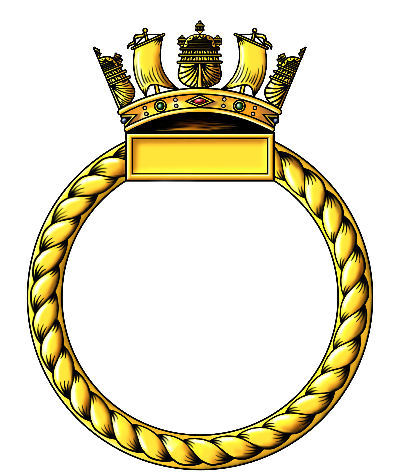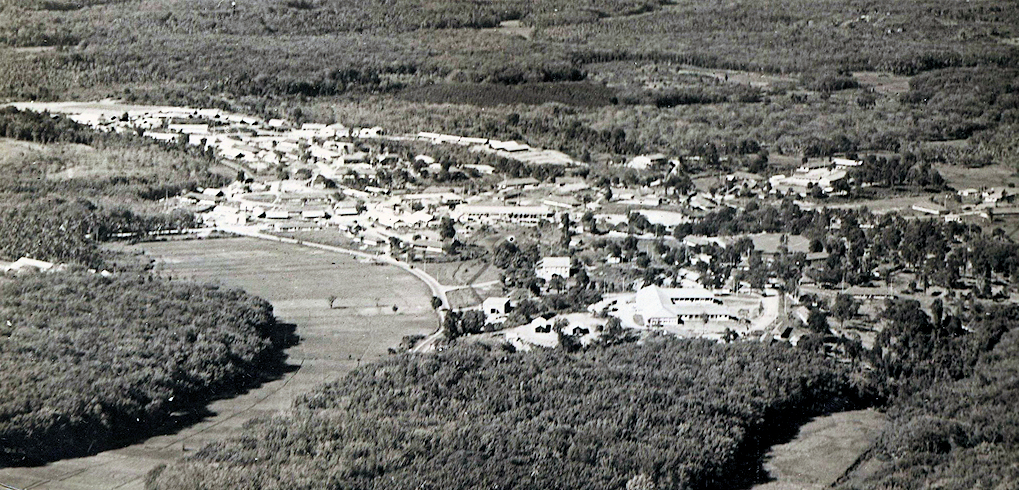R.N. Auxiliary Hospital

No badge issued for this establishment
Location
Diyatalawa, Ceylon
Commanding Officers
Surgeon Captain T. N. D'Arcy, LRCP & S (act)
Surgeon Captain F. E. FitzMaurice, LRCP & S
Related items
R.N. Auxiliary Hospital, Colombo
Reminiscences
None
Gallery
None
R.N.A.H. Diyatalawa

R.N. Auxiliary Hospital & R.N. Rest Camp Diyatalawa
Early planning for a Naval Auxiliary Hospital at Diyatalawa
Before the outbreak of war it was planned to build a naval hospital at Diyatalawa situated in the up-country district of Ceylon at an approximate altitude of 4,500 feet. The new facility would provide local general medical and surgical facilities where none had previously existed, and also provide adequate accommodation to relieve any overcrowding in other Service hospitals in Ceylon by the reception not only of convalescent cases, but such cases as skin diseases which would benefit from the cool climate, and neuro-psychiatric cases who would benefit from the peace and quiet of surroundings far removed from the stress and strain of war. This planning took time to implement, and was subjected to long periods of delay and its priority on the list of constructional priorities which varied with the ebb and flow of war in the region. Its remote location also handicapped it; it could be reached by a tortuous journey by road, or more conveniently by a ten- to twelve-hour journey by train from Colombo.
For many years a Royal Naval Camp has existed at Diyatalawa [1] at the earliest period of its existence the Royal Naval Camp was somewhat primitive in its layout and construction, and amenities and recreational facilities were limited. A small sick bay served medical needs, but anything in the nature of an acute surgical emergency presented a problem which could be dealt with only with the assistance of the limited facilities of the civil hospitals up-country or, if time allowed, by transferring the patient by road to Colombo, a journey occupying some hours, the safety of which depended on careful driving over a precipitous route. During the 193o's the camp was gradually extended and modernised and its facilities, comforts and recreational amenities were improved by the addition of bungalows, a sick quarters, fresh water supply and modem sanitation. A nine-hole golf course had existed for some years.
The second World war Rest camp was under the charge of a naval barrackmaster and its original function was to provide leave accommodation for one month in each year for the ships' companies of the East Indies Squadron and Red Sea Ships in harbour for dry-docking and refit in Colombo during which the ships' personnel were transferred to Diyatalawa and obtained the benefits of a cool climate and a rest period. For example, HMS Gloucester was in dry dock at Colombo for maintenance during July and August 1939, the crew were sent to Diyatalawa rest camp.
Urgent need to expand hospital bed capacity in Ceylon
An R.N. Auxiliary Hospital had been established at Colombo by the end of 1941 but by the beginning of 1943 the number of cases was threatening to overwhelm it; the main problem was one of accommodating invalids, and in particular those suffering from pulmonary tuberculosis, awaiting passage to the U.K. As the majority of such cases were medical, this state of affairs threw a great strain on the resources of the medical section of the hospital, and it was frequently necessary to encroach upon the surgical wards set aside for emergencies. The Civil Authorities were unable to part with any more accommodation to the Navy, but it was agreed to build additional accommodation for sick officers to the extent of some 20 extra beds.
As the year progressed the sickness rate continued to be high, even affecting the hospital nursing staff, the chief cause being dengue fever, which was rife in the district in which the hospital was situated. The medical staff for the new R.N. Auxiliary Hospital had been appointed back in the spring of 1942 and was to comprise of a Surgeon Captain overseeing 7 Doctors, 1 Dentist, 1 Pharmacist, 1 Warrant Wardmaster, 1 Matron, 1 superintending sister, and 26 reserve sisters. It is unclear when they arrived in Ceylon, possibly during May 1943, but as their new Hospital would not be ready until later in the year the majority were employed by R.N.A.H Colombo [2]. until such time as they were required at Diyatalawa.
Royal Naval Auxiliary Hospital, Diyatalawa opened for receiving patients in late 1943 under the command of Surgeon Captain T. N. D'Arcy, LRCP & S [3]. Convalescent patients could now be evacuated by hospital train to Diyatalawa where approximately 380 patients could be accommodated.
The new hospital was not as well provided for in terms of essential services which were never wholly satisfactory; the fresh water supply was poor and contaminated to the extent of necessitating heavy chlorination. The supply of electricity was erratic. Victualling presented more serious problems, it was impossible to produce a light diet for patients owing to the scarcity of eggs and chicken, and the complete absence of any kind of fish. The refrigeration space was poor and such machinery as did exist was in a bad state of repair.
It is not known how long the Auxiliary Hospital at Diyatalawa remained open but it is estimated that altogether some 6,000 patients passed through the establishment.
Last modified: 08 September 2023
Primary information sources
Additional sources:
(1954) Surgeon Commander J. L. S. COULTER, D.S.C., R.N., ‘THE ROYAL NAVAL MEDICAL SERVICE’ London, Her Majesty's Stationery Office - Volume 1'Administraion'
Comments (0)